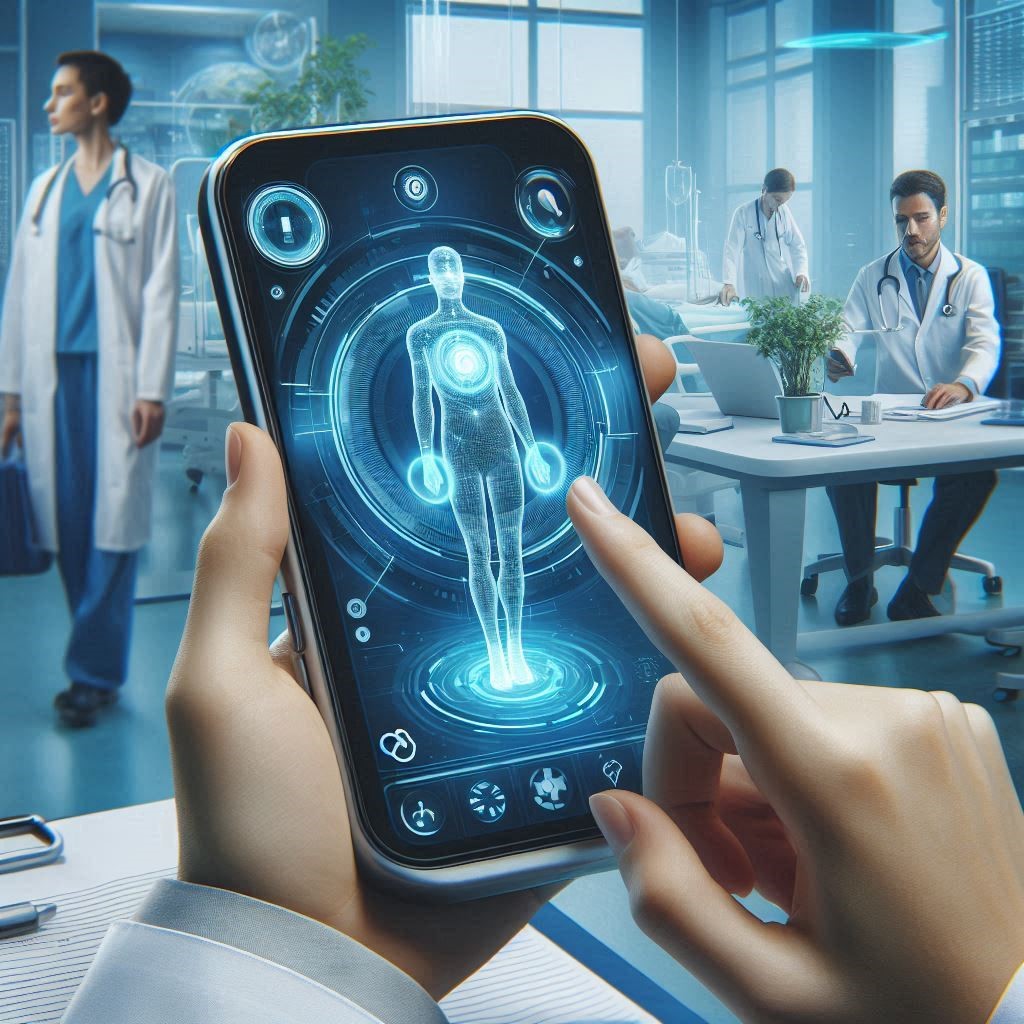Real-Time Location Systems (RTLS) have emerged as transformative tools in the healthcare industry, offering advanced solutions for asset management, patient tracking, and operational efficiency. The RTLS market in healthcare is experiencing rapid growth, driven by technological advancements and increasing demands for improved patient care and operational efficiency. This article explores the future of the RTLS market in healthcare, highlighting key innovations, trends, and opportunities shaping its evolution.
Current Market Landscape for RTLS Market in Healthcare
The global RTLS Healthcare Industry size is expected to grow from USD 2.3 billion in 2024 to USD 5.7 billion by 2029, at a CAGR of 19.6% from 2024 to 2029. The expansion of this market is fueled by several factors, including the need for enhanced asset utilization, streamlined operations, and improved patient safety. RTLS technology provides real-time visibility into the location and status of critical assets, patients, and staff, driving significant improvements in healthcare delivery and efficiency.
Key Innovations Shaping the Future of RTLS Market in Healthcare
1. Advanced Sensor Technologies:
- Enhanced Accuracy: Recent advancements in sensor technologies are significantly improving the accuracy and reliability of RTLS systems. New-generation sensors offer higher precision in tracking assets and patients, reducing the risk of errors and enhancing overall system performance.
- Integration with IoT: The integration of RTLS with Internet of Things (IoT) platforms is enabling more comprehensive data collection and analysis. IoT-enabled RTLS systems can provide real-time insights into asset utilization, patient movement, and environmental conditions, supporting more informed decision-making and operational management.
2. Improved Data Analytics:
- Predictive Analytics: The incorporation of predictive analytics into RTLS systems allows healthcare organizations to anticipate and address potential issues before they arise. Predictive models can forecast equipment maintenance needs, optimize resource allocation, and enhance patient flow management.
- Enhanced Reporting: Advanced analytics tools offer detailed reporting and visualization capabilities, helping healthcare providers track key performance indicators, monitor trends, and make data-driven decisions to improve operational efficiency.
3. Integration with Electronic Health Records (EHR):
- Seamless Data Integration: Integrating RTLS with Electronic Health Records (EHR) systems enhances the ability to track and manage patient information in real-time. This integration supports more accurate and timely updates to patient records, improving care coordination and reducing administrative burdens.
4. Scalability and Flexibility:
- Modular Solutions: The development of modular and scalable RTLS solutions allows healthcare organizations to customize and expand their systems based on specific needs and requirements. Modular RTLS systems can be easily adapted to different facility sizes and types, providing greater flexibility and cost-effectiveness.
Emerging Trends in the RTLS Healthcare Industry
1. Enhanced Patient Safety:
- Fall Prevention and Wandering Alerts: RTLS technology is increasingly being used to enhance patient safety by providing real-time alerts for fall prevention and wandering incidents. Sensors can detect unusual movements or behavior, triggering immediate alerts to caregivers and preventing potential harm.
2. Operational Efficiency and Cost Savings:
- Resource Optimization: RTLS systems are helping healthcare facilities optimize resource allocation by providing insights into equipment usage and staff productivity. This optimization leads to more efficient operations, reduced costs, and improved patient care.
- Streamlined Workflow: Automation of routine tasks, such as equipment tracking and inventory management, is streamlining workflows and freeing up staff time for more critical patient care activities.
3. Integration with Emerging Technologies:
- Artificial Intelligence (AI): The integration of AI with RTLS systems is enhancing their ability to analyze complex data and provide actionable insights. AI algorithms can identify patterns, predict future trends, and support decision-making processes.
- Augmented Reality (AR): AR applications are being explored for real-time visualization of asset locations and patient data. AR can provide healthcare professionals with enhanced situational awareness and improve their ability to respond to critical situations.
Download PDF Brochure @ https://www.marketsandmarkets.com/pdfdownloadNew.asp?id=19089515

Opportunities for Growth
1. Growing Demand for Remote Monitoring:
- Telehealth Integration: The increasing adoption of telehealth and remote monitoring solutions presents opportunities for RTLS systems to integrate with these technologies. RTLS can support remote patient tracking, enabling healthcare providers to monitor patient conditions and manage care more effectively.
2. Expansion into Emerging Markets:
- Global Adoption: Emerging markets, particularly in Asia-Pacific and Latin America, are experiencing growth in healthcare infrastructure and technology adoption. This expansion presents opportunities for RTLS vendors to enter new markets and capitalize on increasing demand for advanced healthcare solutions.
3. Focus on Personalized Care:
- Customized Solutions: The shift towards personalized care and patient-centric approaches is creating opportunities for RTLS systems to offer tailored solutions. By providing detailed insights into individual patient needs and preferences, RTLS can support more personalized and effective care delivery.
The future of the RTLS Healthcare Industry is bright, with ongoing innovations and trends driving significant advancements in patient care, operational efficiency, and safety. As technology continues to evolve, RTLS systems will become increasingly integral to healthcare operations, offering enhanced accuracy, scalability, and integration capabilities. The growing demand for remote monitoring, the expansion into emerging markets, and the focus on personalized care present exciting opportunities for the RTLS industry. With continued advancements and a focus on addressing the evolving needs of healthcare providers, the RTLS market is poised for sustained growth and impact in the years to come.
Top Companies in RTLS Healthcare Industry Players
TeleTracking Technologies, Inc. (US) are among a few top players in the RTLS companies for Healthcare.
Securitas Healthcare LLC (US),
Zebra Technologies Corp. (US),
HPE Aruba Networking (US),
Impinj, Inc. (US), and
Trackbacks